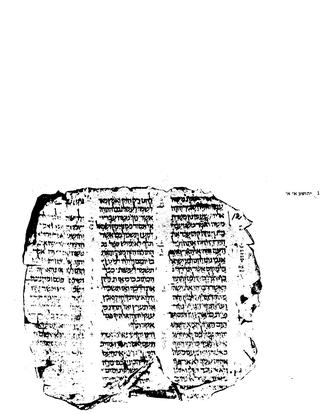Perrot (Peron, Peros, or Pierrot) de Neele ( fl. mid–late 13th century) was an Artesian trouvère and littérateur. He composed four jeux partis in collaboration with Jehan Bretel (died 1272): "Amis Peron de Neele"; "Jehan Bretel, respondés"; "Pierrot de Neele, amis"; and "Pierrot, li ques vaut pis a fin amant". Perrot also composed one song in praise of the Virgin Mary, "Douce vierge, röine nete et pure", with a melody that is in bar form. Finally, there survives in manuscript B.N. fr. 375 a collection of narrative verse (or "classic literary works" [1] ) entitled Sommaires en vers de poèmes and compiled by Perrot, who identifies himself in a colophon at the end of the work:
Floruit, abbreviated fl., Latin for "he/she flourished", denotes a date or period during which a person was known to have been alive or active. In English, the word may also be used as a noun indicating the time when someone flourished.

Arras is the capital (chef-lieu/préfecture) of the Pas-de-Calais department, which forms part of the region of Hauts-de-France; prior to the reorganization of 2014 it was located in Nord-Pas-de-Calais. The historic centre of the Artois region, with a Baroque town square, Arras is located in Northern France at the confluence of the Scarpe river and the Crinchon River.
Trouvère, sometimes spelled trouveur[tʁuvœʁ], is the Northern French form of the langue d'oc (Occitan) word trobador. It refers to poet-composers who were roughly contemporary with and influenced by the troubadours but who composed their works in the northern dialects of France. The first known trouvère was Chrétien de Troyes and the trouvères continued to flourish until about 1300. Some 2130 trouvère poems have survived; of these, at least two-thirds have melodies.
Ce fist Peros de Neele, qui en trover tos s'escrevele.
Peros de Neele made this, who nearly broke down in tears while writing.
This manuscript has sometimes been dated to 1288 because of a colophon to the copy of the Roman de Troie which it contains. This copy was finished in 1288 by Jehan Madot. [2] The manuscript was the work of at least five scribes, as five different hands have been identified in its texts. Probably it was put together in the early fourteenth century. Perrot's Sommaire serves as a table of contents for the entire codex, summarising in verse the narrative romances contained within. [3] It has been suggested that Perrot may have been the compiler of the manuscript, if not one of its scribes. He may also be the author of the fabliau La vielle Truande, which he calls De le Viellete in his contents. [4]

Le Roman de Troie by Benoît de Sainte-Maure, probably written between 1155 and 1160, is a 30,000 line epic poem, a medieval retelling of the theme of the Trojan War. It inspired a body of literature in the genre called the roman antique, loosely assembled by the poet Jean Bodel as the Matter of Rome. The Trojan subject itself, for which de Sainte-Maure provided an impetus, is referred to as the Matter of Troy.

As a literary genre of high culture, romance or chivalric romance is a type of prose and verse narrative that was popular in the aristocratic circles of High Medieval and Early Modern Europe. They were fantastic stories about marvel-filled adventures, often of a chivalric knight-errant portrayed as having heroic qualities, who goes on a quest. It developed further from the epics as time went on; in particular, "the emphasis on love and courtly manners distinguishes it from the chanson de geste and other kinds of epic, in which masculine military heroism predominates."
A fabliau is a comic, often anonymous tale written by jongleurs in northeast France between ca. 1150 and 1400. They are generally characterized by sexual and scatological obscenity, and by a set of contrary attitudes—contrary to the church and to the nobility. Several of them were reworked by Giovanni Boccaccio for the Decameron and by Geoffrey Chaucer for his Canterbury Tales. Some 150 French fabliaux are extant, the number depending on how narrowly fabliau is defined. According to R. Howard Bloch, fabliaux are the first expression of literary realism in Europe.






